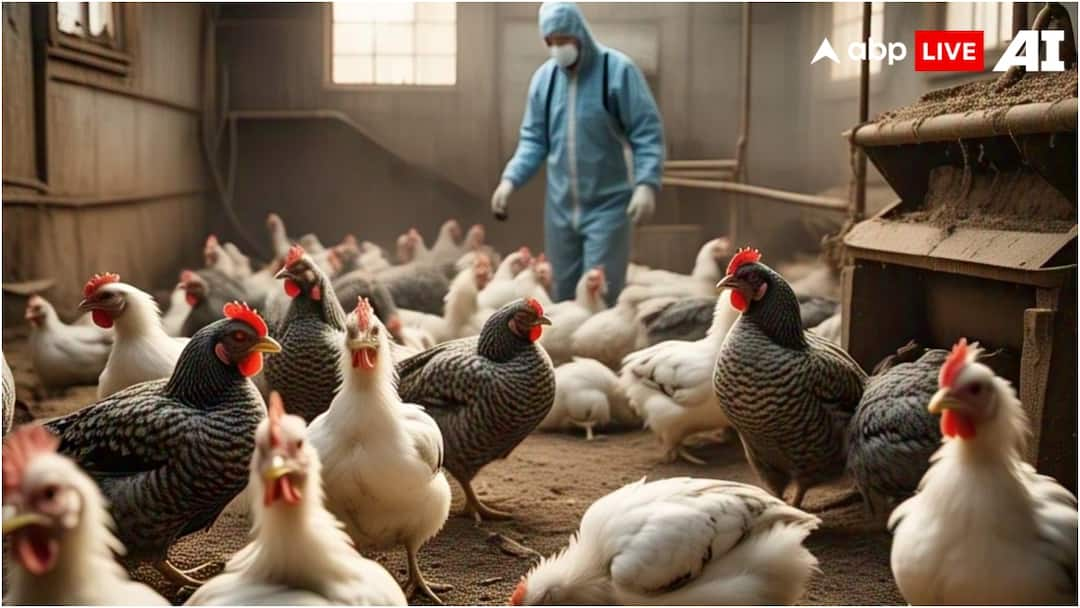A man in the United States has become the first person known to be infected with the H5N5 strain of bird flu, health officials confirmed last week. The patient, an older adult with pre-existing health conditions, was hospitalised in early November after showing symptoms consistent with avian influenza, according to the Washington State Department of Health.
Initial laboratory tests identified the virus as influenza A H5, and further analysis confirmed it as the H5N5 subtype, a strain previously found only in birds and animals, never before detected in humans.
Authorities say the patient keeps a mixed backyard flock of domestic poultry, which had contact with wild birds. While it’s not yet clear how the virus jumped to humans, investigators believe the infection likely originated from either the domestic birds or the wild birds they interacted with.
Understanding Avian Influenza
Avian influenza, commonly known as “bird flu,” is caused by Influenza A viruses that primarily infect birds. According to the Centers for Disease Control and Prevention (CDC), wild aquatic birds serve as natural reservoirs for these viruses, which can occasionally spread to domestic poultry and, rarely, to humans.
How Bird Flu Viruses Are Classified
Influenza A viruses are categorised by two surface proteins: hemagglutinin (H) and neuraminidase (N). This classification results in multiple subtypes, including H5N1, H5N8, and now H5N5.
Some strains are low pathogenic (LPAI), causing mild illness in birds, while highly pathogenic strains (HPAI) can decimate flocks rapidly.
Why H5N5 Raises Concerns
H5 influenza viruses are genetically diverse and can reassort — or shuffle their genetic material — creating the potential for new variants, warns the World Organisation for Animal Health. While experts say the current risk to humans remains low, continued vigilance is essential, particularly in areas where these viruses circulate among birds.
How Bird Flu Spreads
In birds, avian influenza spreads through respiratory secretions and feces. Humans typically become infected through close, unprotected contact with infected birds or contaminated environments, such as poultry farms or live bird markets.
The virus can be transmitted via droplets, dust, or by touching surfaces contaminated with bird secretions and then touching the eyes, nose, or mouth, according to the World Health Organization (WHO).
Symptoms in Humans
Human infections can range from mild or even asymptomatic to severe. Common symptoms include:
Fever and cough
- Sore throat and shortness of breath
- Fatigue and muscle aches
- Gastrointestinal issues such as vomiting or diarrhea
- Eye irritation or conjunctivitis in some cases
Severe infections can lead to pneumonia, acute respiratory distress, or even death, the Pan American Health Organization reports.
Preventing Infection
Health experts recommend several precautions to reduce the risk of bird flu:
- Avoid close contact with sick or dead birds.
- Wear protective gear such as gloves and masks when handling poultry or cleaning coops.
- Avoid consuming raw or undercooked poultry, eggs, or unpasteurised milk from infected animals.
- Follow public health guidance for ongoing surveillance and early detection of human infections.
As the first known human case of H5N5 emerges, scientists and health authorities emphasise the importance of vigilance, both for bird populations and for people who work closely with poultry.



